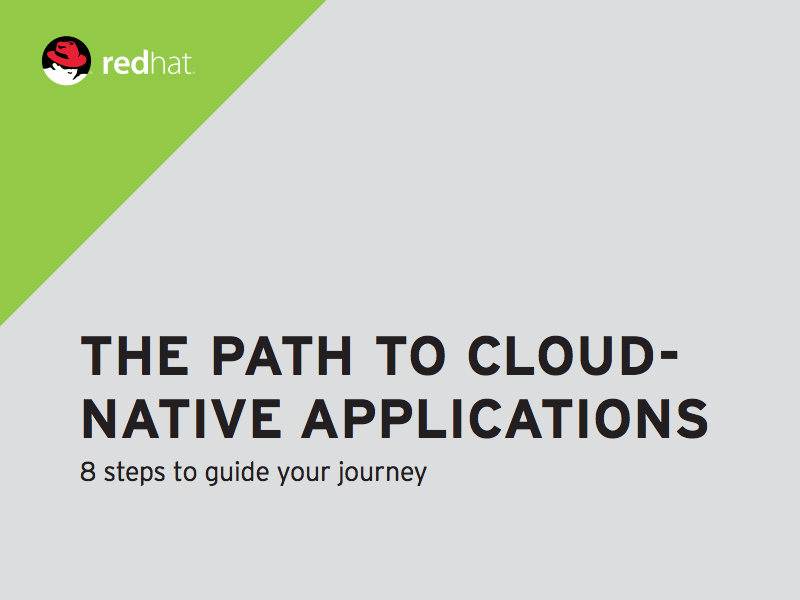Rethink how you refine your pipeline. Join the discussion focused on turning raw CI/CD data into metrics that show efficiency levels.
Data quality isn't just a technical issue: It impacts an organization's compliance, operational efficiency, and customer satisfaction.

A cloud-native application is an application built to take advantage of cloud computing models to
increase speed, flexibility, and quality, while reducing deployment risks. Despite its name, a cloudnative approach is not focused on where applications are deployed, but instead on how applications
are built, deployed, and managed.
Cloud-native approaches are similar to microservices architectures. However, although microservices can be one of the outcomes of building cloud-native applications, there are many steps
to reach the level of maturity for managing microservices in production. Microservices are not
required to take advantage of all benefits provided by cloud-native apps. Many organizations
achieve the benefits of cloud-native approaches by focusing on building better modular monoliths
using the same principles.
Evolving toward cloud-native application development and delivery is multidimensional, affecting
culture, processes, architecture, and technology. As such, this is a journey rather than a destination,
representing a cycle of change that can be challenging to embrace.